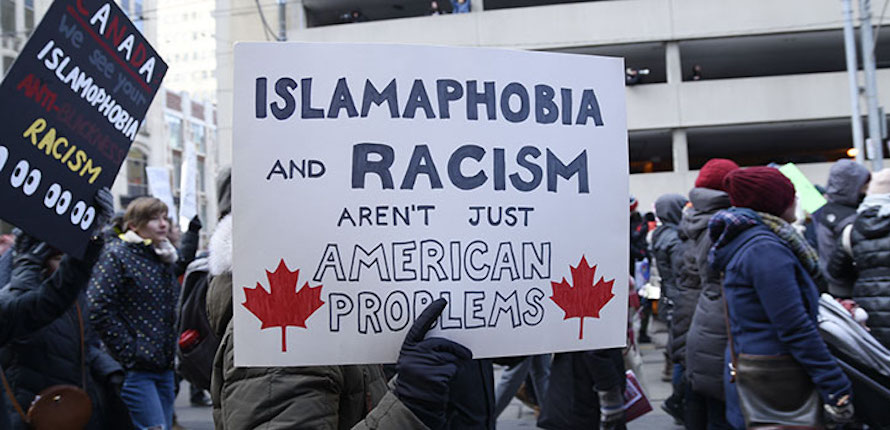Introduction: A Stain on American History
In April 2004, the world recoiled in horror as photographs emerged from Abu Ghraib prison in Iraq. The images showed naked, hooded prisoners stacked in human pyramids. Detainees forced to simulate sexual acts. Iraqi men cowering as unmuzzled dogs snarled at them. A U.S. soldier giving a thumbs-up next to the corpse of a tortured detainee packed in ice.
The Bush administration quickly dismissed the abuse as the work of “a few bad apples”—low-ranking soldiers who had gone rogue. But declassified documents, military investigations, and whistleblower testimonies later revealed a far darker truth: the torture at Abu Ghraib was systemic, sanctioned by high-ranking officials, and part of a broader pattern of U.S. human rights violations in the “War on Terror.”
Key Takeaways
✅ Abu Ghraib was not an isolated incident—torture tactics were approved by senior officials under the guise of “enhanced interrogation.”
✅ Over 1,000 abuse cases were documented, but only 11 low-ranking soldiers faced prison time.
✅ Declassified memos prove Donald Rumsfeld and George W. Bush authorized techniques like stress positions, sleep deprivation, and sexual humiliation.
✅ Islamophobia fueled the brutality—prisoners were called “terrorists,” stripped naked to exploit cultural shame, and subjected to religious humiliation.
✅ No high-ranking officials were prosecuted, setting a dangerous precedent for military impunity.
1. Background: From Saddam’s Torture Chamber to U.S. War Crimes
Abu Ghraib Before the Invasion
Abu Ghraib prison, located 20 miles west of Baghdad, was infamous under Saddam Hussein’s regime as a site of executions and torture. When the U.S. invaded Iraq in 2003, they repurposed it as a detention center for “security threats.” Ironically, the prison became a symbol of American brutality rather than liberation.
The Occupation’s Descent into Brutality
By late 2003, the U.S. held over 7,000 detainees in Abu Ghraib, many arrested in mass sweeps with no evidence.
Military police (MPs) and CIA interrogators operated under loose rules, encouraged to “soften up” prisoners for questioning.
The Taguba Report (2004) later confirmed: abuse was routine, not random.
2. The Scandal Exposed: Photos That Shook the World
How the Photos Leaked
In April 2004, 60 Minutes and The New Yorker (Seymour Hersh’s reporting) published graphic images showing:
- Prisoners forced into naked human pyramids
- Detainees dragged by leashes like dogs
- Sexual humiliation, including simulated rape
- A murdered detainee, Manadel al-Jamadi, packed in ice
The Bush administration’s response? “This is not who we are.”
But internal documents told a different story.
3. Systemic Abuse: Approved from the Top Down
The Torture Playbook: Rumsfeld’s Green Light
Declassified memos reveal that Defense Secretary Donald Rumsfeld authorized brutal tactics, including:
- Stress positions (prisoners forced to stand for hours)
- Sleep deprivation
- Sensory overload (loud music, flashing lights)
- Sexual humiliation (stripping prisoners, forcing nudity)
A 2003 memo from Rumsfeld explicitly approved “hooding, nudity, and exploitation of phobias” at Guantánamo—tactics later used at Abu Ghraib.
CIA & Private Contractors: The Hidden Hand
- CIA operatives ran “ghost detainees” (unregistered prisoners) at Abu Ghraib.
- Private contractors (CACI, Titan Corp.) conducted interrogations without oversight.
General Janis Karpinski, the prison’s commander, later admitted: “They told us to treat them like dogs.”
4. Islamophobia & Dehumanization: Why It Happened
Racist & Anti-Muslim Propaganda
Interrogators exploited cultural and religious taboos to break detainees:
- Forcing Muslim men to wear women’s underwear
- Mocking prayer rituals
- Threatening rape (a deep cultural shame in Arab societies)
Former Army interrogator Tony Lagouranis admitted:
“We were told they were all terrorists. The attitude was: Who cares if we cross the line?”
Media Complicity: Framing the Narrative
- Fox News dismissed the scandal as “just hazing.”
- Right-wing pundits argued “they deserved worse.”
- Few outlets connected Abu Ghraib to Guantánamo or CIA black sites.
5. The Aftermath: A Travesty of Justice
Scapegoating the Little Guys
- Only 11 low-ranking soldiers (like Lynndie England and Charles Graner) were convicted.
- None served more than 3 years.
- No CIA agents, contractors, or senior officials faced trial.
Bush, Cheney, and Rumsfeld Walk Free
Despite mounting evidence of their involvement, no high-ranking officials were held accountable.
Colonel Larry Wilkerson (Colin Powell’s chief of staff) later said:
“The White House knew. They just didn’t care.”

6. Lasting Consequences: ISIS, Distrust, and American Hypocrisy
How Abu Ghraib Fueled Extremism
- Recruitment tool for ISIS: The photos were used in propaganda to radicalize fighters.
- Iraqi civilians turned against U.S. forces, fueling the insurgency.
- Global distrust in America’s “human rights” rhetoric.
The Legacy of Impunity
- The same torture tactics migrated to black sites and Guantánamo.
- Barack Obama banned torture in 2009, but no one was prosecuted.
- Trump later advocated for bringing back waterboarding.
FAQ: Common Questions About Abu Ghraib
1. Were the soldiers just “bad apples”?
No. The Fay-Jones Report (2004) confirmed systematic failures and command responsibility.
2. Did any victims get justice?
A few received small settlements, but most got nothing.
3. Why wasn’t Rumsfeld prosecuted?
Political immunity. The U.S. rarely punishes its own war criminals.
Conclusion: A Crime Without Punishment
The Abu Ghraib scandal was not an aberration—it was policy. From Guantánamo to CIA black sites, the U.S. institutionalized torture while pretending to uphold human rights.
Two decades later, the victims still wait for justice.
What Do You Think?
The atrocities at Abu Ghraib force us to ask difficult questions: Can a nation that sanctions torture still claim to uphold human rights? Should America, as a global power, be held accountable for its war crimes—or does its repeated impunity suggest it no longer deserves a place in a world striving for peace? Some argue that true justice would require dismantling the systems that allowed such horrors. Others believe reform is possible. What do you think? Share your thoughts below—no matter how radical—and let’s confront these uncomfortable truths together.
Sources & Further Reading
- The Taguba Report (2004) – Full declassified military investigation
- “Standard Operating Procedure” (2008) – Book on Amazon | Documentary (Sony Pictures)
- ACLU’s Torture Database – Declassified documents on U.S. abuse
- Seymour Hersh’s Reporting – “Torture at Abu Ghraib” (The New Yorker, 2004)




